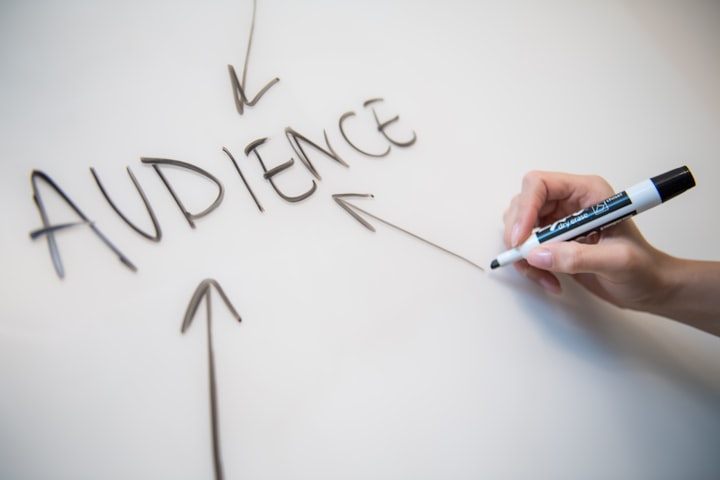The Complete Guide To Audience Research
Everything You Need To Know

Audience research is the process of understanding the motivations, behaviors, and opinions of people who will be using or affected by a product or service. It can be used to improve the design of products and services, choose the right marketing mix for a product, and identify which target audience to pursue. In this comprehensive guide, you will learn everything you need to know about audience research. from what it is to how to do it.
What is audience research and what are its benefits?
Audience research is a vital tool for any business, especially those with a global reach. From understanding customer needs and wants to determine the best marketing strategies, audience research has innumerable benefits. In this article, we will discuss some of the most important reasons why businesses should conduct audience research.
First and foremost, audience research is essential for creating quality products and services. By understanding your target market, you can design products or services that meet their needs precisely. Additionally, by targeting the right segments of your market, you can increase sales significantly.
Second, audience research provides businesses with valuable insights into their competitors’ marketing strategies. This information can help you identify which tactics work best and what to avoid. In addition to providing a competitive advantage, this knowledge can also improve your brand image.
How to choose an audience: Who are your target readers?
When choosing who to write for, it is important to consider what you hope to achieve with your writing. Do you want to reach a wide audience or appeal to a specific group? Once you have determined your target readership, it is important to research who they are and what their interests may be. This knowledge will help you tailor your message and content specifically for them.
There are a few things you can do to get an idea of who your target readers are. One way is to look at the demographics of your area or country. Are there certain groups that are more likely than others to buy or read specific types of books? Try using online tools like Google Sheets or Google Trends to see how often different terms are being searched for.
Another way to find out information about your target readers is by talking with them directly.
Data collection methods: Interviews, focus groups, surveys
There are many different data collection methods available to researchers, each with its own strengths and weaknesses. In this article, we will discuss three of the most common data collection methods: interviews, focus groups, and surveys.
Each method has its own advantages and disadvantages, so it is important to choose the one that will best suit your research goals. Interviews are good for gathering detailed information from a small number of participants, while focus groups can provide a more complete picture of respondents’ opinions by allowing them to share their views with others in a group setting. Surveys are useful for collecting large amounts of data from a broad population, but they can be more time-consuming to conduct than either interviews or focus groups.
Analysis and interpretation: Drawing conclusions from your data
The purpose of this article is to provide individuals with the skills necessary to draw conclusions from their data. The basics of data analysis and interpretation will be discussed, followed by a comprehensive guide on how to draw appropriate conclusions from your research.
There are many factors you need to consider when analyzing and interpreting your data. This includes understanding what type of data you have, how it was collected, and how it can be used. Additionally, it's important to determine the significance of your findings, as well as the limitations of your study. Once you've determined these things, it's time to start drawing conclusions!
Depending on the type of data you have, different methods may be more appropriate for drawing your conclusions. For example, if you're studying a survey or questionnaire, descriptive statistics (such as mean or median) can be useful in summarizing the data.
In conclusion, audience research is an essential component of any marketing plan. By understanding your target audience, you can create targeted marketing campaigns that will engage and convert them into customers. With the help of a reputable research company, you can make informed decisions about the best ways to reach your target audience. So if you want to create successful marketing campaigns, start by understanding your audience.





Comments
There are no comments for this story
Be the first to respond and start the conversation.